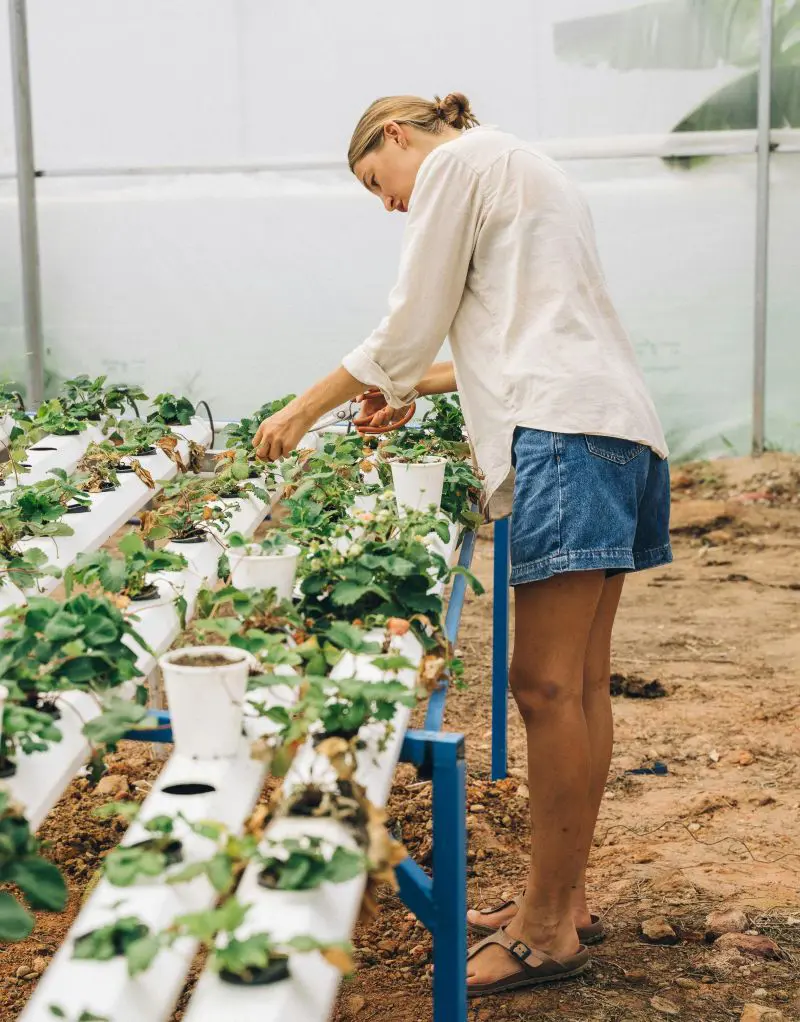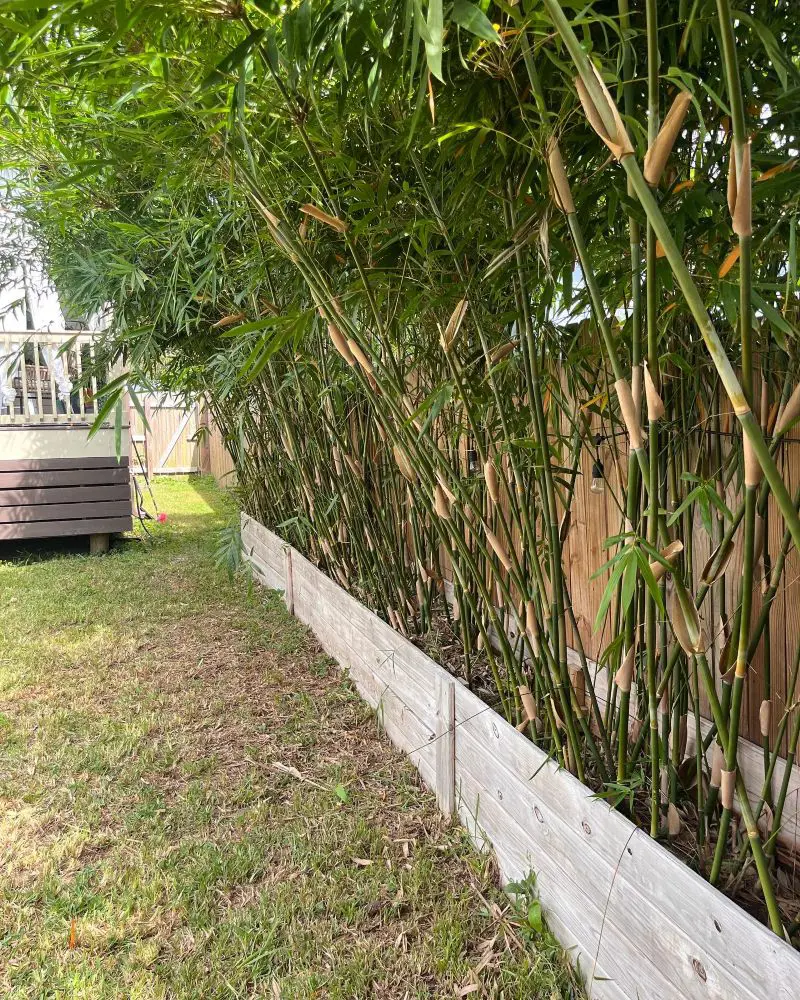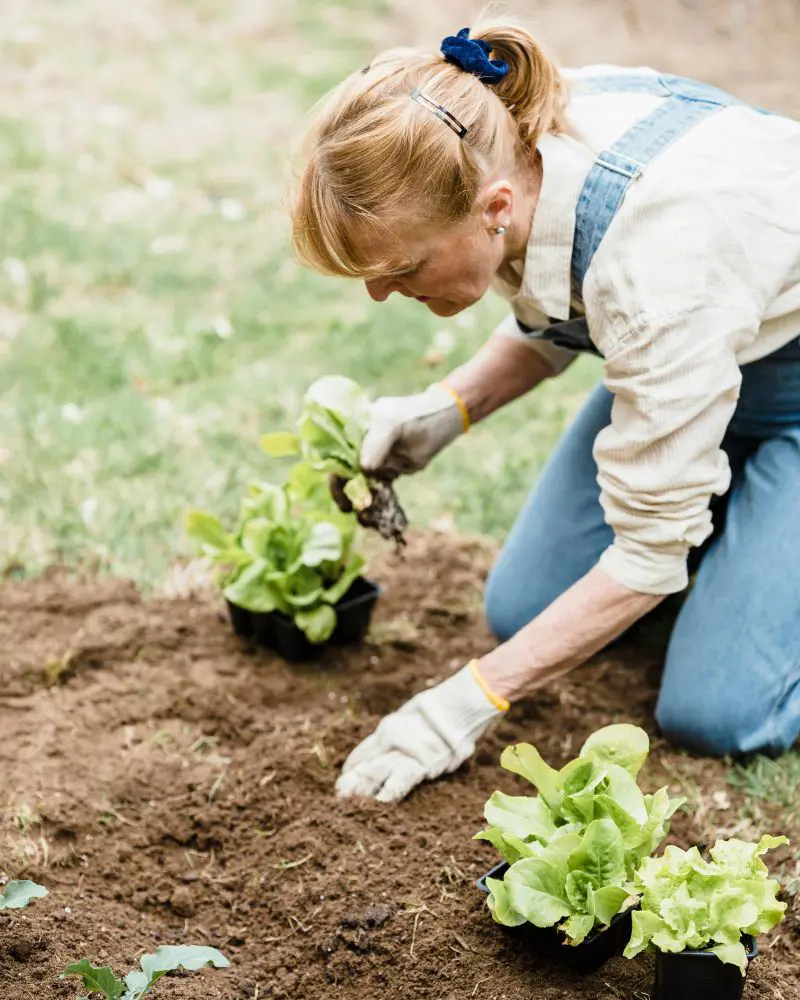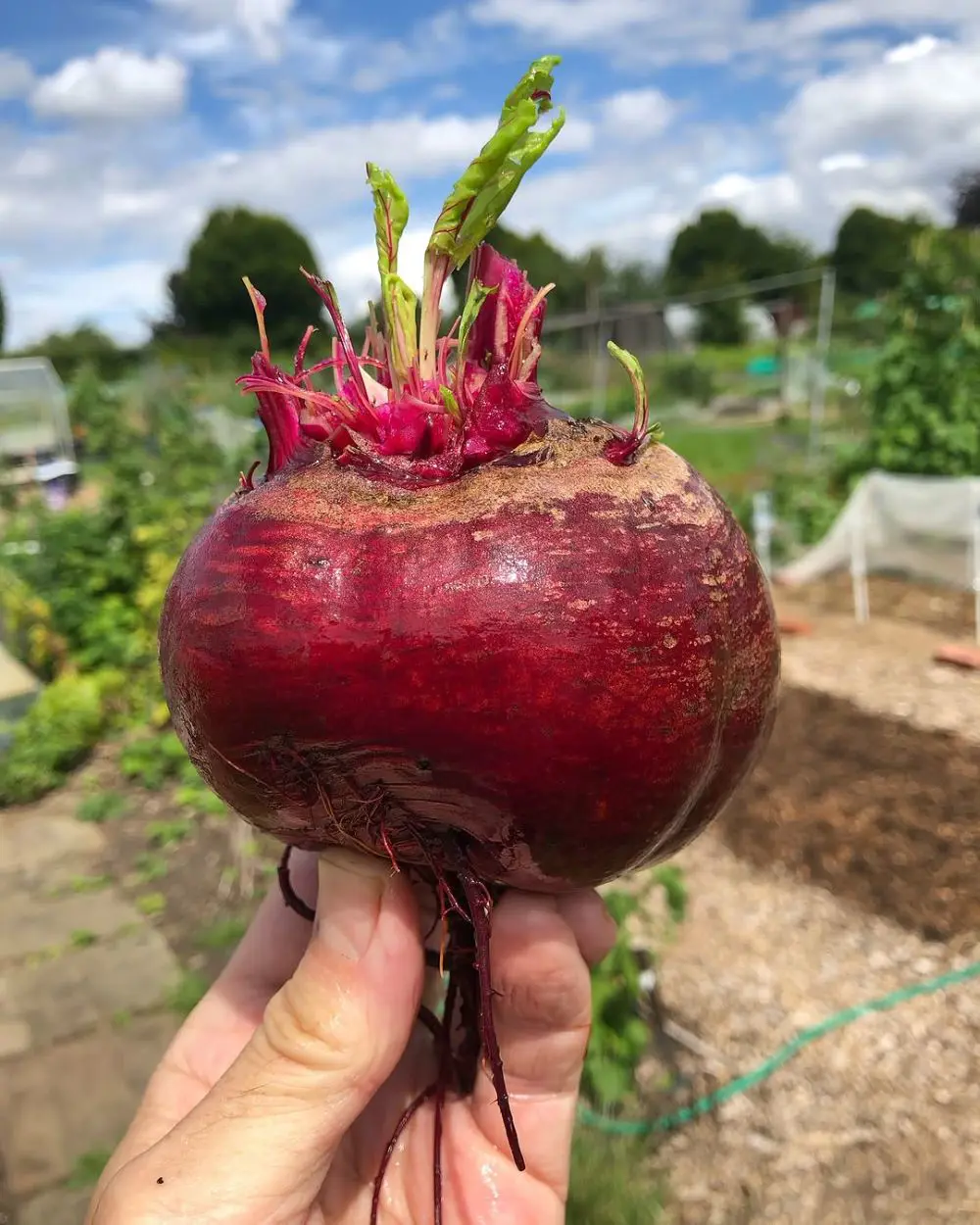Perennial herbs are invaluable assets in any garden, offering a consistent supply of flavors, aromas, and medicinal benefits year after year. Unlike annual herbs that require replanting each season, perennials establish themselves for long-term growth, making them sustainable choices for both culinary delights and herbal remedies.
This guide explores the top 20 perennial herbs to grow, highlighting their distinctive characteristics, and ideal growing conditions, and providing expert tips for successful cultivation.
What Is a Perennial Herb?
Perennial herbs are herbaceous plants that endure for more than two years, regrowing annually from their root systems or crowns without the need for replanting. Known for their resilience through winter conditions and ability to thrive in subsequent growing seasons, perennial herbs provide reliable harvests of leaves, flowers, or seeds.
Beyond their culinary and medicinal uses, these plants play a vital role in sustainable gardening practices by reducing soil disturbance and attracting beneficial insects and wildlife, thereby promoting garden biodiversity.
20 Best Perennial Herbs to Grow
1. Lavender (Lavandula)
Lavender is renowned for its fragrant purple blooms and aromatic foliage. Thriving in sunny, well-drained soil, it attracts pollinators such as bees and butterflies. Beyond its ornamental value, lavender is a versatile herb used in crafts, teas, and essential oils, adding both beauty and functionality to gardens.
2. Sorrel (Rumex acetosa)
Sorrel offers tangy, lemon-flavored leaves that invigorate salads, soups, and sauces. Preferring partial shade and fertile, moist soil, sorrel is rich in nutrients and a culinary delight, whether enjoyed fresh or cooked.
3. Rosemary (Rosmarinus officinalis)
Rosemary boasts woody stems, needle-like leaves, and a robust flavor essential in Mediterranean cuisine. Thriving in sunny spots with well-drained soil enhances the taste of roasted meats, vegetables, and bread while providing an aromatic backdrop in the garden.
4. Coneflower (Echinacea purpura)
Coneflower is renowned for its medicinal properties and striking pink-purple blooms that attract pollinators. Flourishing in sunny, well-drained locations, it adds vibrancy to garden beds and serves as a natural remedy in herbal teas and tinctures.
5. Oregano (Origanum vulgare)
Oregano is a Mediterranean staple prized for its intense flavor and cascading growth habit. Preferring full sun and well-drained soil, it thrives in hot, dry conditions, making it a perfect addition to pizzas, pasta sauces, and herb-infused oils.
6. Sweet Woodruff (Galium odoratum)
Sweet Woodruff offers delicate, star-shaped leaves and a sweet, hay-like fragrance ideal for shady, moist areas. Used historically in herbal teas and potpourris, it serves as both a ground cover and a sensory delight in the garden.
7. Lemon Balm (Melissa officinalis)

Lemon Balm delights with its lemon-scented leaves and calming properties. Thriving in partial shade and fertile, moist soil, it is a versatile herb used in teas and desserts, and as a natural insect repellent, making it a must-have in any herb garden.
8. Yarrow (Achillea millefolium)
Yarrow features clusters of small flowers in shades of white, pink, or yellow atop feathery foliage. Adaptable to sunny locations with well-drained soil, it attracts beneficial insects and adds charm to both garden borders and floral arrangements.
9. Mint (Mentha)
Mint varieties like peppermint and spearmint offer refreshing flavors and vigorous growth habits. Thriving in moist, fertile soil and partial shade, their aromatic leaves enhance beverages, salads, and desserts, providing a cooling sensation during hot summer days.
10. Bay Laurel (Laurus nobilis)
Bay Laurel is a slow-growing evergreen shrub known for its aromatic leaves used in cooking. Preferring sunny, sheltered spots with well-drained soil, it imparts a distinct, savory flavor to soups, stews, and sauces, embodying culinary sophistication.
11. Chives (Allium schoenoprasum)
Chives are celebrated for their mild onion flavor and attractive purple blooms. Thriving in fertile, well-drained soil, they are a versatile garnish for fresh salads, baked potatoes, and savory spreads, offering both culinary and aesthetic value.
12. French Tarragon (Artemisia dracunculus 'Sativa')
French Tarragon is esteemed for its aromatic leaves with a hint of anise flavor. Flourishing in sunny locations with well-drained, moderately fertile soil, it elevates the taste of poultry, seafood, and sauces, essential in French cuisine.
13. Sage (Salvia officinalis)
Sage is a drought-tolerant herb characterized by soft, gray-green leaves and a savory taste. Thriving in full sun and well-drained soil, it is prized for its culinary versatility in stuffing, meats, and herbal teas, alongside its medicinal uses.
14. Bee Balm (Monarda didyma)

Bee Balm, or Bergamot, captivates with its vibrant red, pink, or purple flowers that attract pollinators. Thriving in moist, well-drained soil and partial shade, it enriches teas, salads, and desserts while supporting beneficial garden insects.
15. Bronze Fennel (Foeniculum vulgare 'Purpureum')
Bronze Fennel features feathery, bronze-tinted foliage and aromatic seeds with a mild anise flavor. Flourishing in sunny locations with well-drained soil, it attracts pollinators and complements seafood, poultry, and vegetable dishes.
16. Thyme (Thymus)
Thyme is a compact herb with small, aromatic leaves ideal for culinary and medicinal uses. Thriving in well-drained soil and full sun, it enhances the flavor of meats, soups, and stews while offering a low-maintenance addition to herb gardens.
17. Spearmint (Mentha spicata)
Spearmint offers a refreshing, subtly sweet flavor adaptable to various growing conditions. Thriving in moist, fertile soil and partial shade, its leaves are prized in beverages and salads, and as a natural pest deterrent in gardens.
18. Anise Hyssop (Agastache Foeniculum)
Anise Hyssop features lavender-blue flowers and licorice-scented leaves. Flourishing in sunny spots with well-drained soil, it attracts pollinators and enriches teas, salads, and desserts with its unique, aromatic profile.
19. Garlic Chives (Allium tuberosum)
Garlic Chives offer a mild garlic flavor and delicate white flowers in late summer. Thriving in fertile, well-drained soil and partial shade, they are favored in Asian cuisine, salads, and as a fresh garnish, providing both culinary and ornamental benefits.
20. Lovage (Levisticum officinale)

Lovage features tall stems with celery-like leaves and small yellow flowers. Flourishing in moist, fertile soil and partial shade, it imparts a robust, celery-like flavor to soups, stews, and culinary creations, embodying a unique addition to herb gardens.
Tips for Growing Perennial Herbs
Successfully cultivating perennial herbs requires careful attention to several essential factors to ensure robust growth and abundant harvests:
- Soil: Choose well-drained soil enriched with organic matter, such as compost or aged manure. Good drainage is crucial to prevent waterlogging, which can lead to root rot. Most perennial herbs prefer slightly alkaline soil, so adding lime may be beneficial if your soil is acidic.
- Sunlight: Most perennial herbs thrive in full sun, receiving at least 6-8 hours of direct sunlight daily. However, some herbs, such as mint and lemon balm, tolerate partial shade. Ensure your garden beds are in sunny spots to maximize growth and flavor development.
- Watering: Maintaining consistent soil moisture to support healthy root development and plant vigor. Water deeply and infrequently, allowing the soil to dry out slightly between waterings. Avoid overhead watering to prevent fungal diseases; instead, water at the base of plants early in the morning.
- Pruning and Harvesting: Regular pruning is essential to promote bushy growth and prevent herbs from becoming leggy. Pinch back herbaceous growth regularly to encourage new shoots and increase foliage density. Harvest herbs frequently to enjoy fresh flavors and prevent plants from going to seed, which can affect flavor and longevity.
- Fertilization: Feed perennial herbs with a balanced organic fertilizer or compost before new growth appears in early spring. Avoid excessive nitrogen, as it can encourage lush foliage at the expense of flavor. Consider top-dressing with compost mid-season to replenish nutrients and improve soil structure.
- Dividing and Propagation: Divide overcrowded herb clumps every 2-3 years to rejuvenate plants and maintain vigor. Early spring or fall is the best time for division. Propagate herbs from cuttings or division rather than seeds, as many perennial herbs, have low seed viability or require stratification for germination.
- Pest and Disease Management: Monitor herbs regularly for signs of pests such as aphids, spider mites, and caterpillars. Use organic pest control methods like insecticidal soap or neem oil if necessary. Promote good air circulation around plants to prevent fungal diseases, and promptly remove any diseased or damaged foliage.







